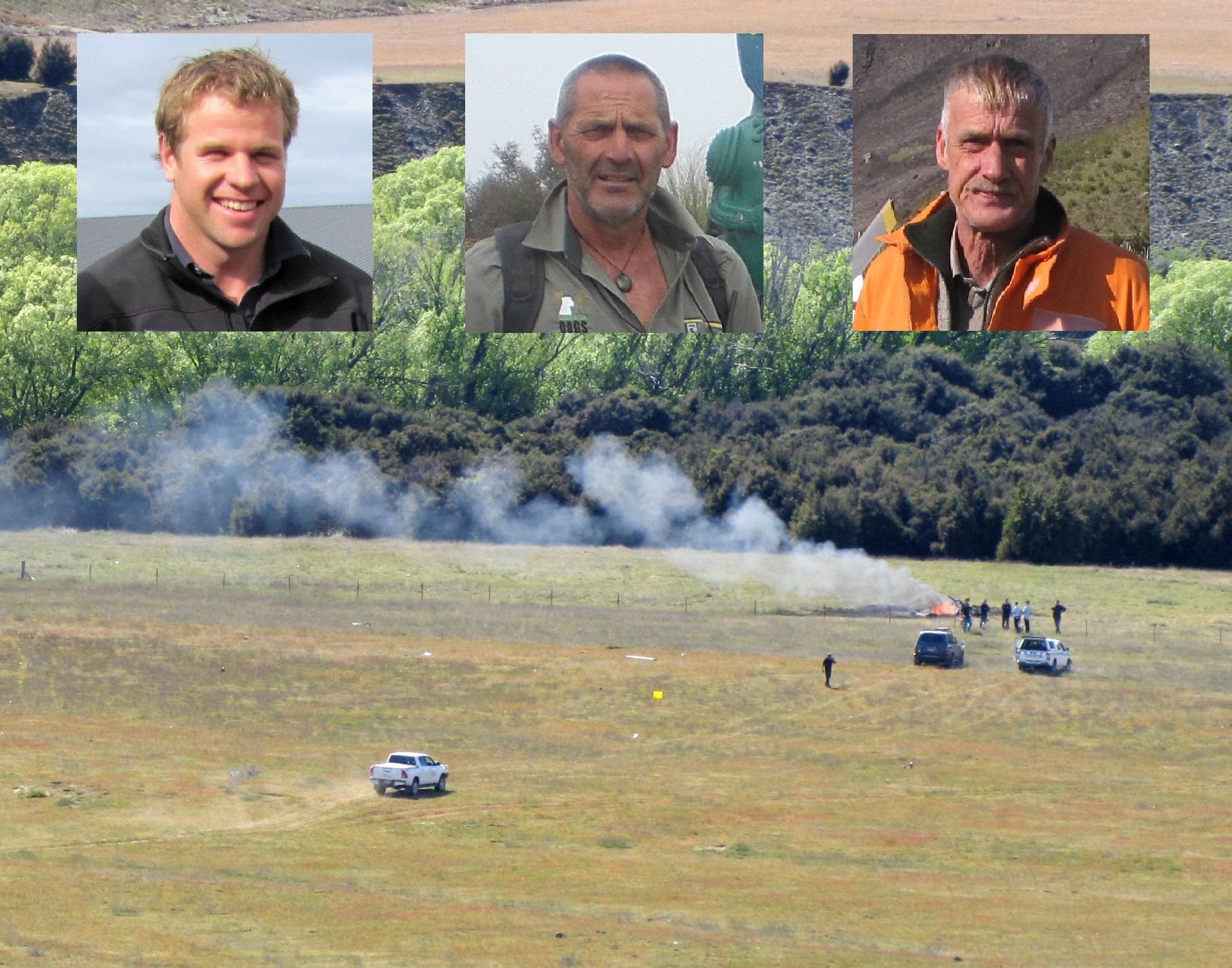
Pilot Matthew Wallis died in the crash of a Robinson R44 over Lake Wanaka on July 21, and his brother Nick Wallis and his two passengers, Paul Hondelink and Scott Theobold, died in a Hughes 369D crash near Wanaka Airport on October 18.
Their brother, Jonathan Wallis, managing director of the Alpine Group, said yesterday the "apparent characteristics of an in-flight breakup" of the Robinson helicopter were "disturbing" and the "unexplained door separation in flight" of the Hughes 369D was "equally of concern".
"Since that accident in October we have been made aware of numerous incidents of doors opening in flight on the same aircraft make and model."
Transport Accident Investigation Commission (TAIC) chief commissioner Jane Meares released interim reports into the crashes yesterday.
However, a formal finding on the cause of the crashes will not be made until the investigations are completed.
A pair of over-trousers and a door latch appear to be the main areas of interest to investigators of the crash of the Hughes helicopter piloted by Nick Wallis.
The report said the first items found in the "wreckage trail" were a pair of over-trousers and a pair of overalls "that had been inside of the cabin".
"These were found close to the separated tail section, along with two pieces of the tail rotor blades and the tip of one of the main rotor blades.
There were "strong" indications the over-trousers had come out of the helicopter and became "entangled" with the tail rotor.
The helicopter was fitted with an early door-latch style changed in later models, and the report noted three incidents in which one of the helicopter doors had opened in flight were "known to have occurred in the month prior to the accident"."None of these occurrences was notified.
"It is important for an effective safety management system that such incidents are reported and addressed," the report said.
The helicopter took off at 10.53am with the cabin containing two 20-litre plastic jet fuel containers, four rifles, four boxes of ammunition, tools and other items, as well as the occupants.
Less than a minute later witnesses saw it "conducting" odd manoeuvres, the report said.
"Several witnesses recalled seeing the helicopter descending near vertically, with items trailing behind it, and the helicopter rotating at various angles."
Two instructors in a Robinson helicopter "saw items coming out of the helicopter towards the tail rotor".
"The instructors described the helicopter starting to rotate and descend.
"Moments later they saw the tail section separate from the helicopter in flight.
"They saw the helicopter rotating in an upright attitude until it struck the ground.
"The helicopter caught fire after impact."
While there was evidence of "mast bumping" in the crash of the Robinson R44 helicopter piloted by Matt Wallis, the TAIC stopped short of suggesting it was the cause of the crash.
The interim report said the "teeter stops" for both blades were crushed, which indicated mast bumping "at some point in the accident sequence".
The main rotor blade had also struck and entered the cabin.
Mast bump is contact between an inner part of a main rotor mechanism and the main rotor drive shaft. Mr Wallis was heading across Lake Wanaka to Minaret Lodge, with a flight-tracking system reporting every three minutes.
The last report was made at 1.03pm, when the helicopter was near Stevensons Island at about 152m above the lake.
At 12.58pm Mr Wallis had made a cellphone call, the connection ending at 1.04pm
"The person who received the call was not aware that the pilot was flying at the time, and nothing in the call or the manner of the call termination caused them any concern."
Further inquiries will include a more detailed examination of the altimeter, telecommunications and flight tracking, and weather conditions.
The TAIC has previously expressed concern about the number of accidents in New Zealand in which Robinson helicopters had experienced mast bumping, and some organisations now do not use them.













